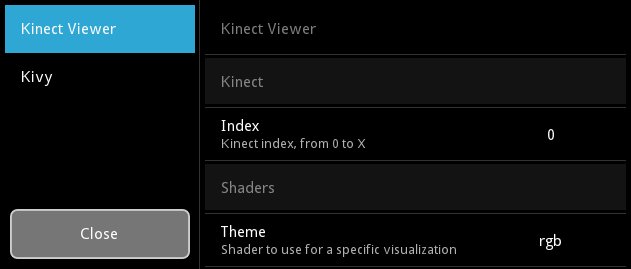![]()
For all the guys that was interested about Kivy lightning talk at EuroPython 2011, due to some incomprehension about what is Kivy, here is a lightning explanation to make it clear.
Kivy is a Python framework designed for creating of Natural Users Interfaces. The framework containing abstraction for loading image, video, audio. It have a complete new approach about input events, and widgets. For example, you can use lot of widgets at the _same_ time, something not really possible in classical framework (qt, gtk…): try to touch on a button while selecting something in a list. This is not only about multitouch for one user, but also for multi users. Kivy graphics engine is in OpenGL ES2, and all the widgets are using it.
If you write an application in top of Kivy, you can deploy it on Linux, MacOSX, Windows and Android. Without changing anything in your code. Because it’s in Python.
The presentation tool i’ve used is PreseMT. It have been made by Christopher and Me. And it’s an application built using Kivy. A version of this tool is already published on Android Market.
PreseMT have been written in one week, and use lot of Kivy features. But it’s still not finished, and we are missing lot of features, like the ability to export the presentation in a “good” format. We have plan to make an export in HTML5, that will support animation too.
Feel free to follow me on @mathieuvirbel !
